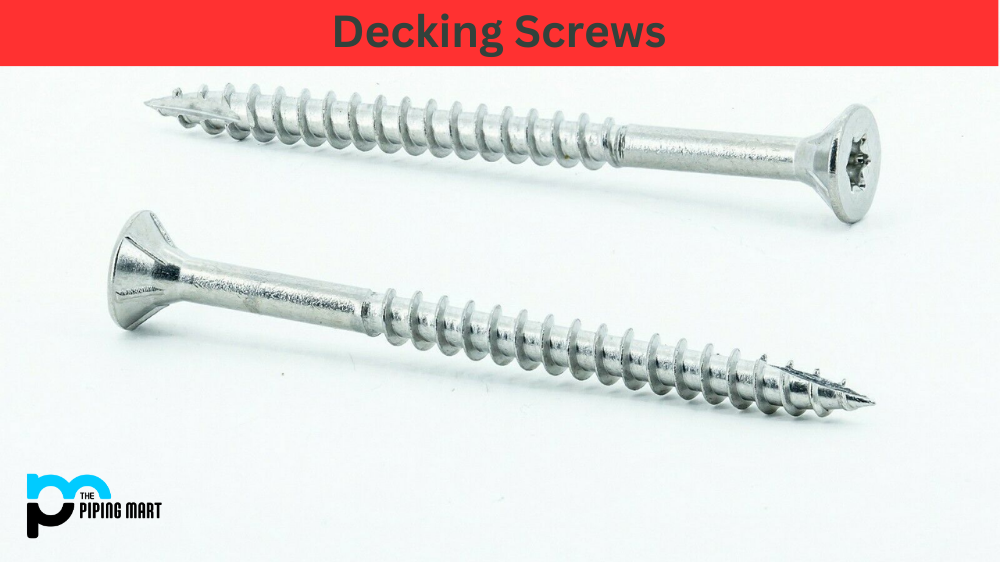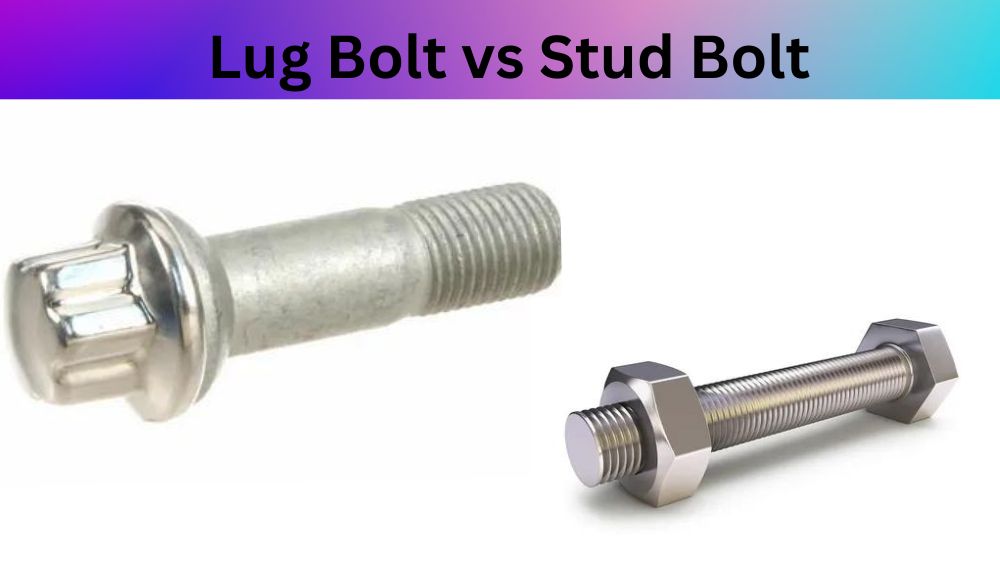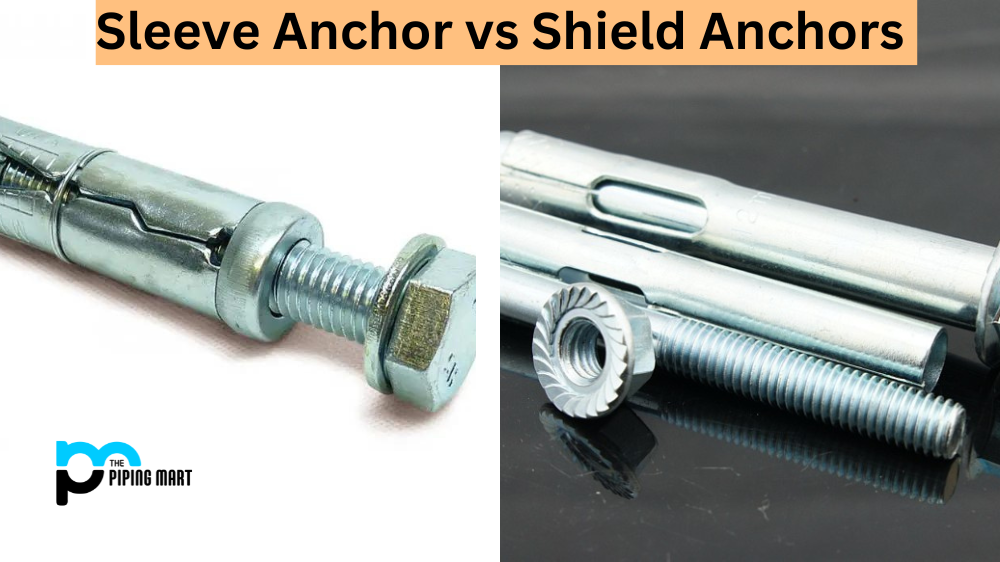Thread-forming screws are specialized screws designed to create internal threads in materials that do not have their own pre-existing threads. These screws are used in various applications in different industries, including automotive, electronics, and construction, to name a few. Thread-forming screws have unique properties that make them advantageous over other types of screws. In this blog post, we will discuss the properties, uses, and applications of these screws in detail.
What is Thread Forming Screws?
Thread-forming screws are fasteners that utilize a cold-forming process to create threads on the material they secure. They have an asymmetrical thread profile and a pointed tip penetrating the workpiece more easily than standard wood or sheet metal screws. Compared to traditional self-tapping screws, they have better holding strength, increase resistance against wear and tear, reduce stress concentration in joints, and provide more consistent tolerances. Additionally, they produce no chips when forming their threads, which makes them well suited for applications using composite materials such as plastics and aluminium alloys.
Properties of Thread-Forming Screws:
Thread-forming screws are made of stainless steel, titanium, and aluminium. These screws are designed with a sharp thread profile that helps to form internal threads without cutting or removing material. They have a unique flute design that helps to reduce torque and tapping pressure while forming the threads. Also, thread-forming screws have high tensile strength and withstand high loads, vibrations, and temperature changes. Due to these properties, they are often used in the aerospace and automotive industries.
Uses of Thread-Forming Screws:
One of the primary uses of thread-forming screws is to create internal threads in various materials, including plastic, copper, brass, and aluminium. They are also used in electronics to secure printed circuit boards (PCBs) and to connect electronic components. Moreover, these screws are used in construction and metalworking to attach panels, plates, and other materials. Additionally, thread-forming screws are used in medical devices to assemble small parts and components.
Types of Thread-Forming Screws:
Various types of thread-forming screws are available, including the trilobular and double-lead thread-forming screws. The trilobular thread-forming screw has three rounded lobes that engage and displace the material around the hole, creating a thread. This type of screw has a low torque requirement and can be used in low-density materials. The double-lead thread-forming screw has two threads that wrap around each other, creating a V-shaped thread. This type of screw is used in high-stress applications and has a high pull-out resistance.
Applications of Thread-Forming Screws:
Thread-forming screws are used in various applications in different industries. In the automotive industry, they are used to assemble engine parts, car panels, and other components. In the electronics industry, they are used to secure PCBs and connect electronic components. Additionally, in the construction industry, they are used to attach materials like metal panels and roof tiles. In the medical industry, thread-forming screws assemble small components in medical devices.
Advantages of Thread-Forming Screws:
Thread-forming screws have several advantages over other types of screws. One of the significant advantages is that they create threads without removing material, which reduces the risk of material distortion or fracture. They also have a higher pull-out resistance than other types of screws, making them ideal for use in high-stress applications. Additionally, they have a lower torque requirement, reducing the risk of stripping or damaging the material.
Conclusion:
Thread-forming screws are essential in various industries due to their unique properties and advantages. They are designed to create internal threads in materials without removing material, which reduces the risk of material distortion or fracture. Additionally, they have a high pull-out resistance and can withstand high loads, vibrations, and temperature changes. The different types of thread-forming screws are used in low-density and high-stress applications in various industries like automotive, electronics, construction, and medical. As an engineer, it is essential to consider the properties and uses of thread-forming screws when selecting the right fastening method for your application.

A passionate metal industry expert and blogger. With over 5 years of experience in the field, Palak brings a wealth of knowledge and insight to her writing. Whether discussing the latest trends in the metal industry or sharing tips, she is dedicated to helping others succeed in the metal industry.




